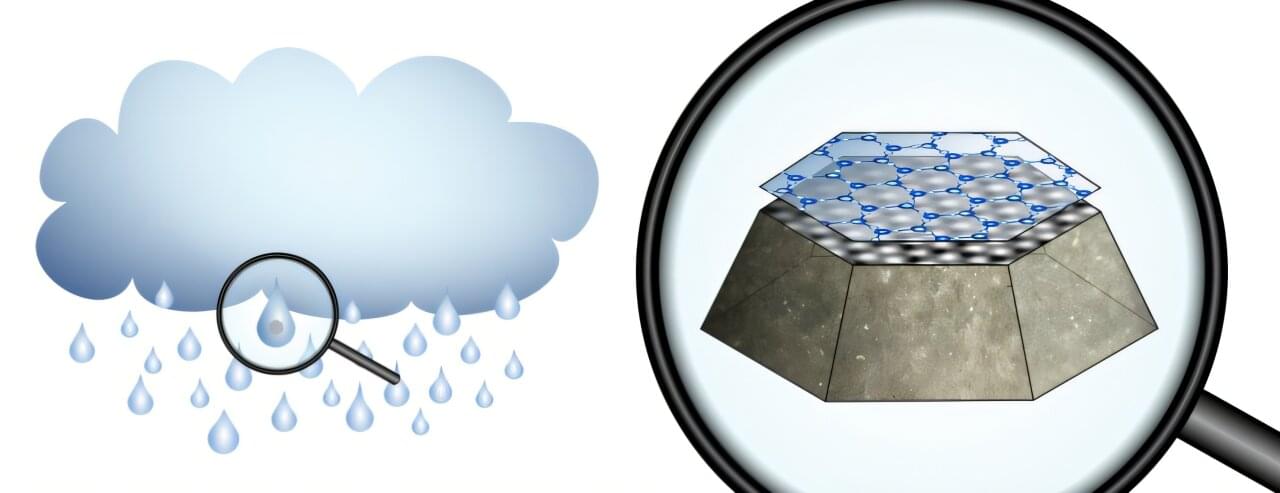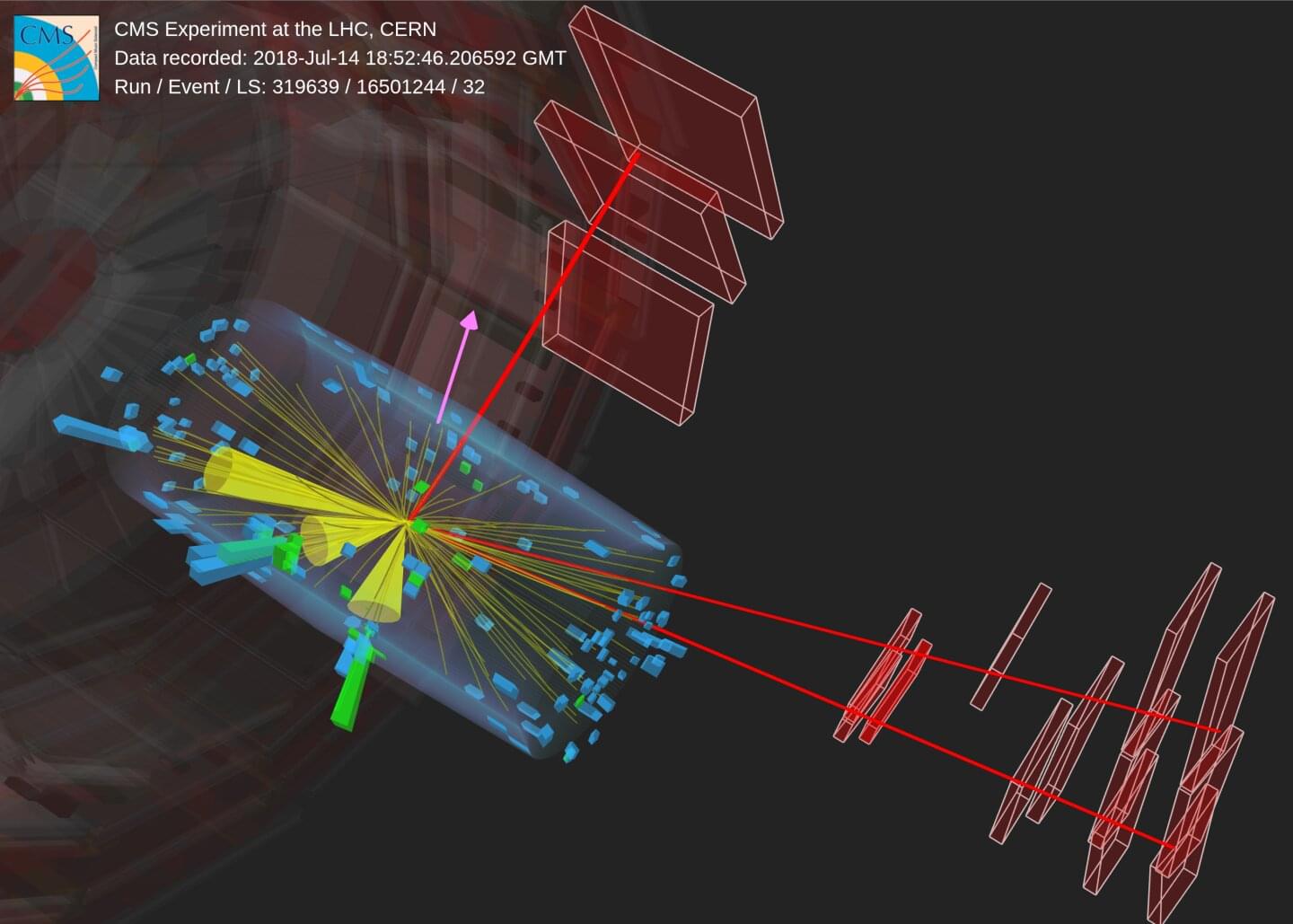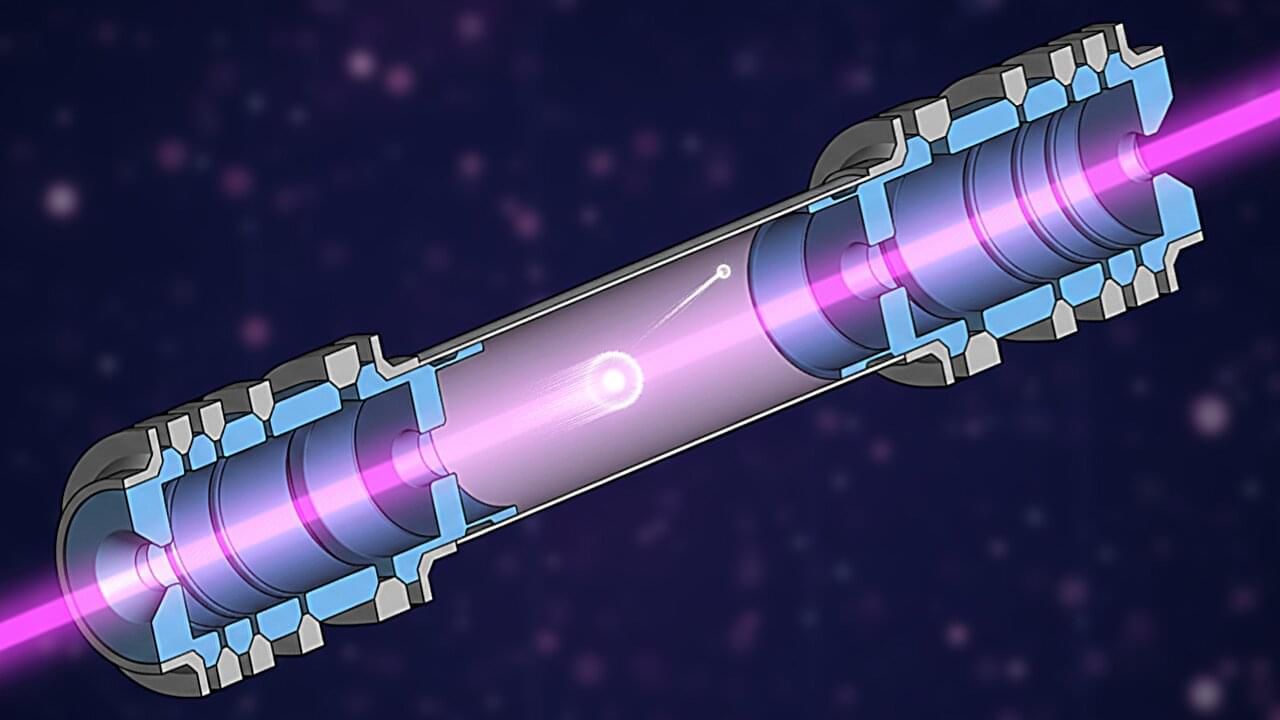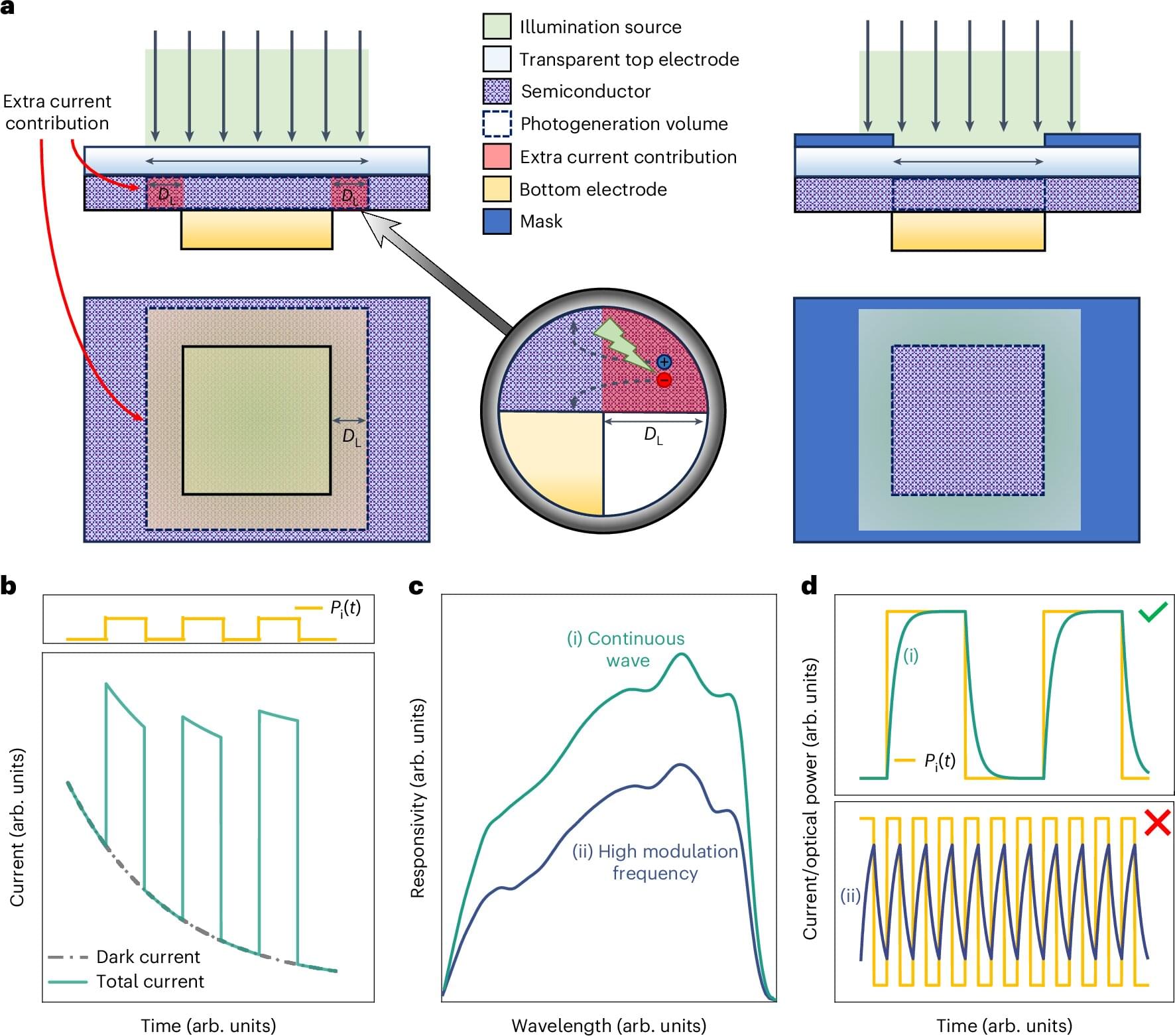No one can control the weather, but certain clouds can be deliberately triggered to release rain or snow. The process, known as cloud seeding, typically involves dispersing small silver iodide particles from aircraft into clouds. These particles act as seeds on which water molecules accumulate, forming ice crystals that grow and eventually become heavy enough to fall to the ground as rain or snow.
Until now, the microscopic details of this process have remained unclear. Using high-resolution microscopy and computer simulations, researchers at TU Wien have investigated how silver iodide interacts with water at the atomic scale.
Their findings, published in Science Advances, reveal that silver iodide exposes two fundamentally different surfaces, but only one of them promotes ice nucleation. The discovery deepens our understanding of how clouds form rain and snow and may guide the design of improved materials for inducing precipitation.








